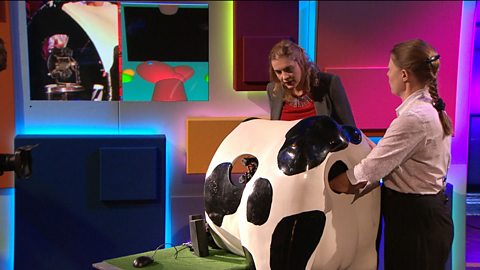Professor Danielle George demonstrates what feedback loops are by asking a child to match the note that she plays on a swanee whistle.
She explains how the child must listen to the note and adjust her hand accordingly, using the feedback from the note she hears to reach the right note.
Danielle demonstrates a robot which follows a white line on a black surface by also using a feedback loop.
The robot uses an infrared camera to detect the amount of light being reflected off the floor: if the reflection is high it means it's positioned over the white tape, and so the robot moves forward, and if the reflection is low it means the robot has deviated from the tape and so the robot moves left or right to find the white tape again.
This is an example of a simple feedback loop, as the robot uses the incoming information, and reacts to it, to remain on its course.
This clip is from The Royal Institute Christmas Lectures 2014.
Teacher Notes
Key Stage 3
Introduction - explain what a feedback loop is. In Computing, a feedback loop is where the output of a computer, or system, is used as its next input.
Video questions for pupils:
1. During the video, the presenter and a member of the audience used swanee whistles to make sounds. How did they use a feedback loop to make their sounds match?
2. We also saw a robot using a feedback loop to follow a black line. How did the feedback loop help keep the robot on the line?
Activities:
1. A chef may use a feedback loop when adding salt to their cooking. Can you say how?
2. Can you list three ways in which you often use feedback loops?
3. A simple game uses a feedback loop to help the player determine a number. When the player chooses a number, if the guess is incorrect the computer tells them if their guess is too high or too low. Can you program this game?
Example pseudocode solution
number = random(1, 100)
guessed = False
WHILE guessed = False:
PRINT(βGuess the numberβ)
INPUT guess
IF guess = number THEN
guessed = True
ELSE
IF guess > number THEN
PRINT(βToo highβ)
ELSE
PRINT(βToo lowβ)
ENDIF
ENDIF
ENDWHILE
PRINT(βYou guessed it!β)
Key Stage 4
Additional material:
- A burglar alarm uses a feedback loop. Using logic gates, can you design a circuit that uses a feedback loop to determine if the alarm should be triggered?
- The artificial intelligence (AI) in a self-driving car uses feedback loops to drive the car from A to B. How might the AI use feedback loops to keep the car on the road and to ensure the car is driven safely and within speed limits?
- Discuss whether or not the AI can ever be as effective as a human in driving a car safely.
- Produce a flow diagram that might be used to help a car stay on the road and within the speed limit. Could you incorporate what to do at traffic lights into your algorithm?
Curriculum Notes
This topic appears in OCR, Edexcel, AQA, WJEC GCSE in England and Wales, CCEA GCSE in Northern Ireland and SQA National 5 in Scotland.

More from The Royal Institute Christmas Lectures 2014:
How does a digital camera work? video
Professor Danielle George explains how a digital cameraβs CMOS sensor captures an image, using balls and buckets to represent photons, electrons and capacitors.

How LED screens work. video
Professor Danielle George explains how an LED screen works, showing how the individual LEDs are controlled by switches.
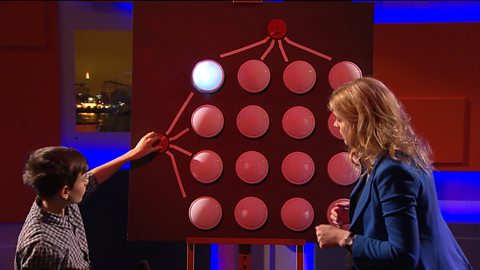
How robots can work together in a swarm. video
Paul Beardsley from Disney Research Zurich explains how the 50 pixelbot robots work together in a swarm to create animations.
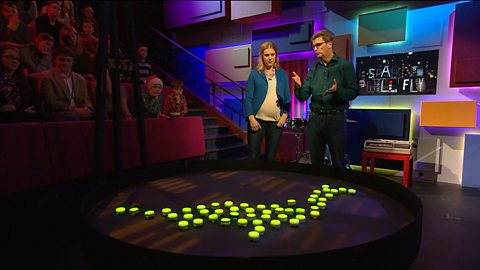
The Mars Rover and autonomous navigation. video
ExoMars Rover Engineer Abbie Hutty, from Airbus Defence and Space, explains how the Mars Rover uses 3D cameras to create a map of the Mars landscape.

Solving a puzzle cube by smartphone. video
Professor Danielle George explains how a smartphone and mechanical arms made of bricks can solve a puzzle cube in less than five seconds.
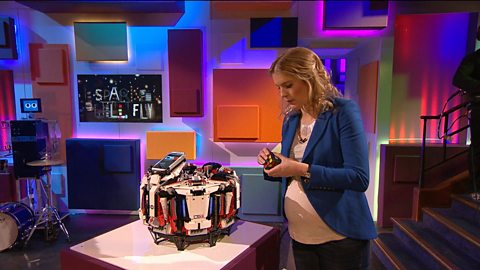
What can 3D printing be used for? video
Professor Danielle George explains how 3D printing works and demonstrates an object being printed in real time.
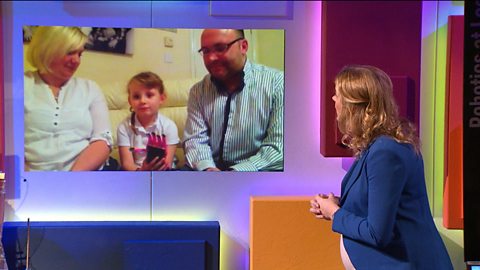
Touching virtual objects. video
How haptic technology allows you feel things that arenβt really there. Professor Danielle George demonstrates using a βhaptic cowβ.
